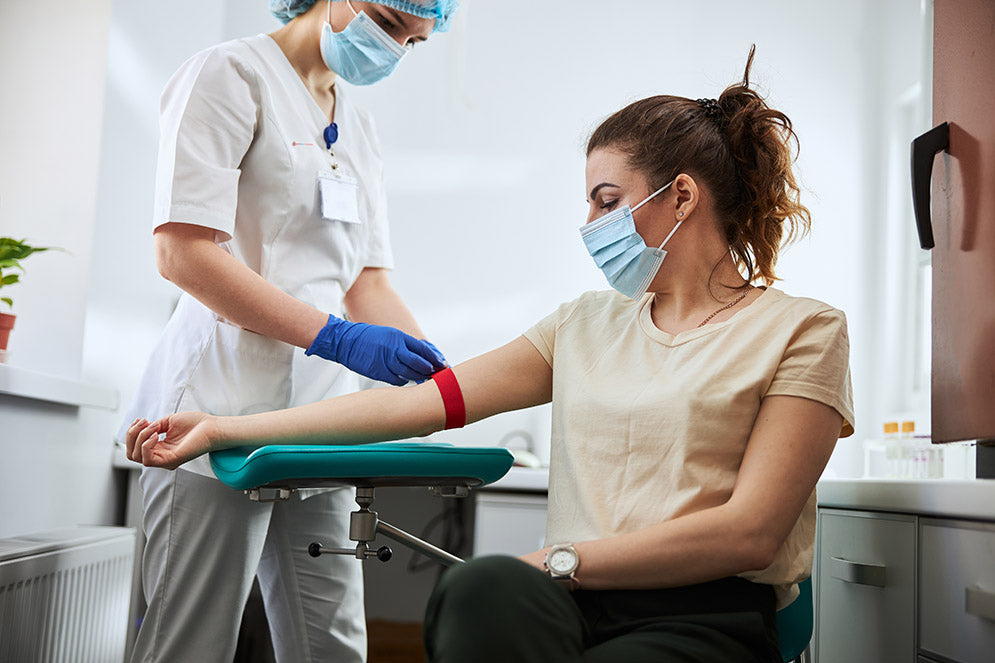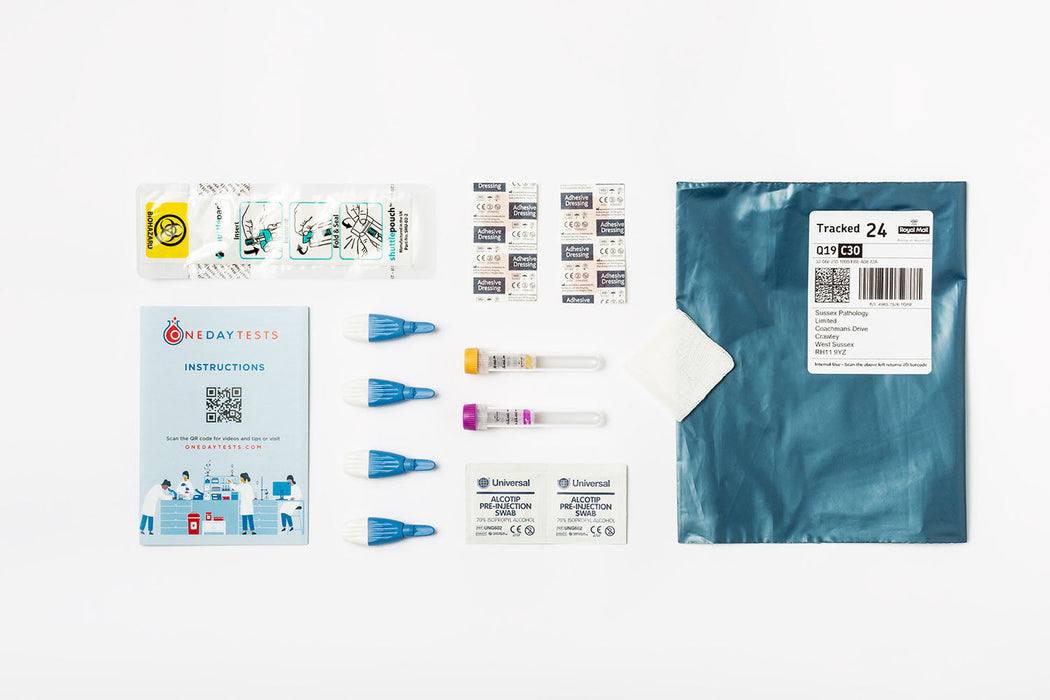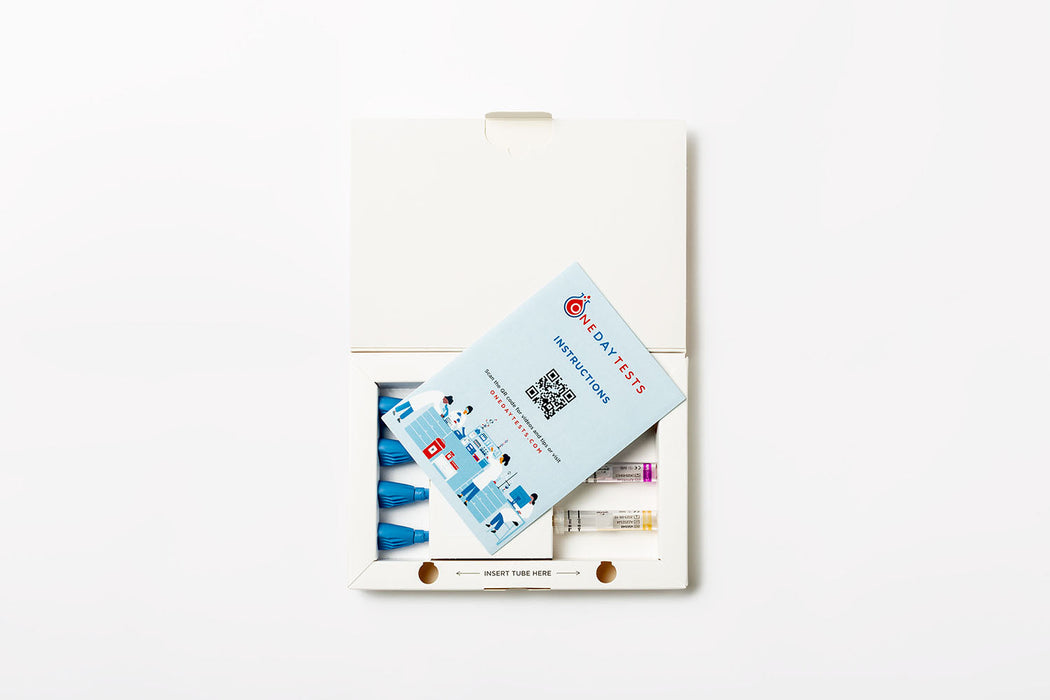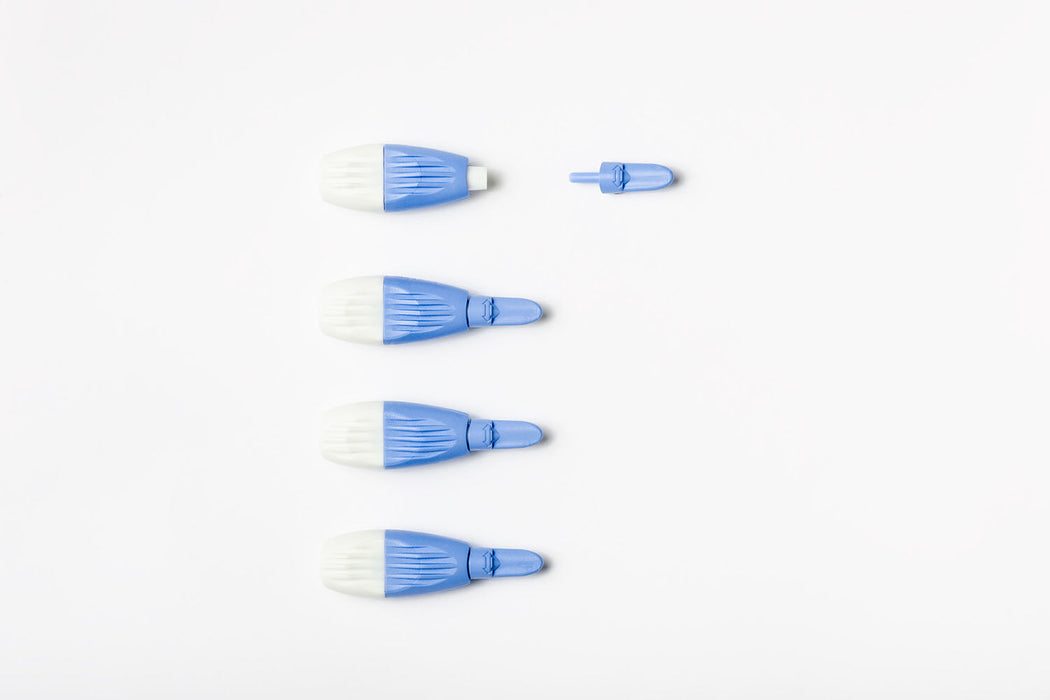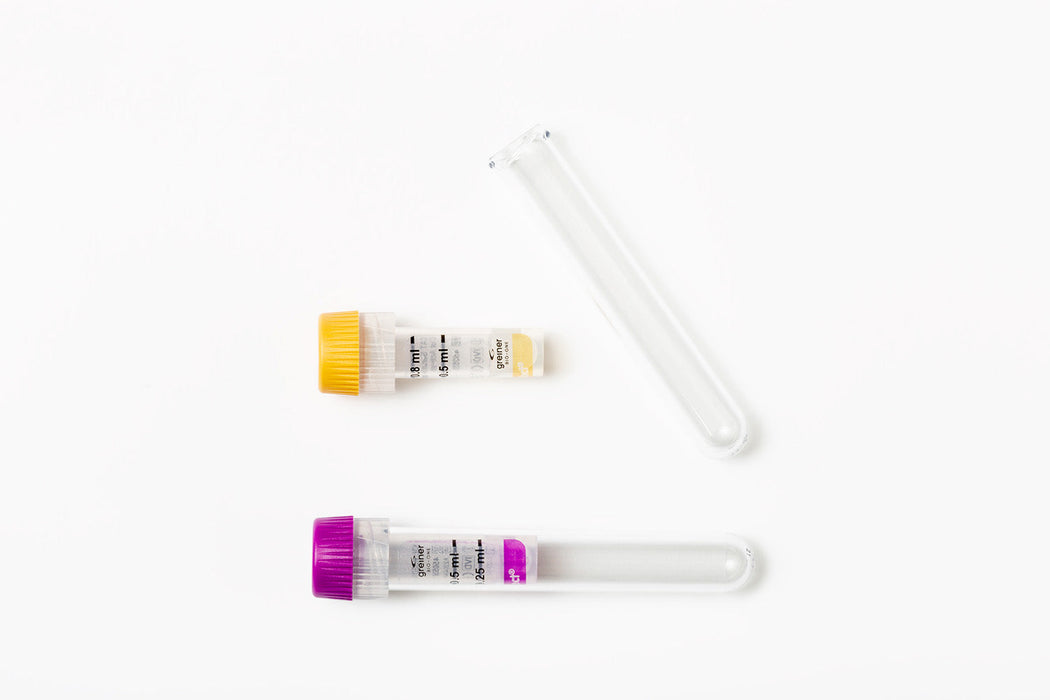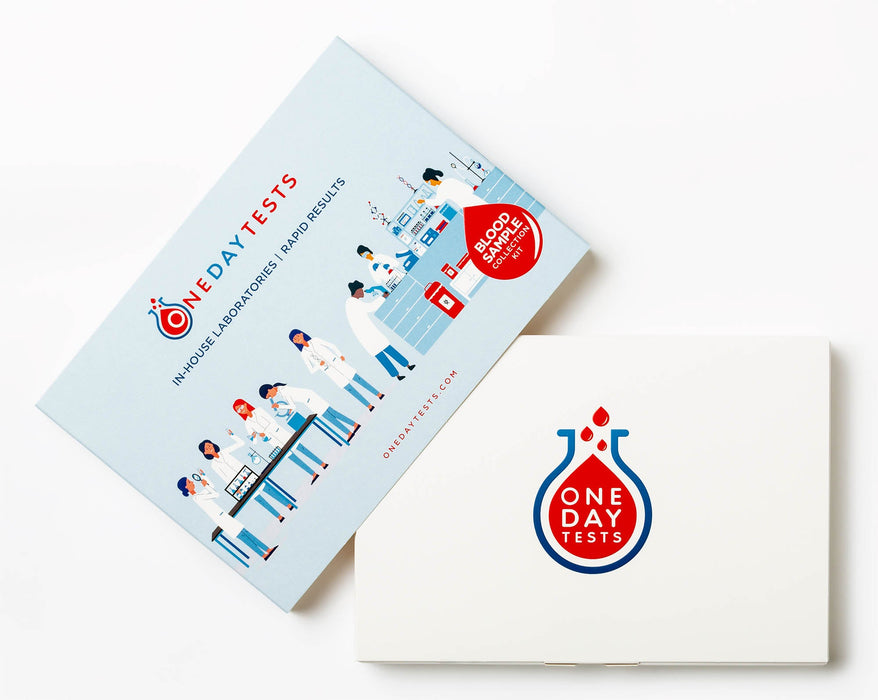What is it?
Monocytes (MON) are a form of white blood cell and make up part of the immune system. They are important for fighting against bacterial, viral, fungal or protozoal infections. Monocytes help to co-ordinate the immune response to infection by sending out chemical signals to other immune cells, and some monocytes directly destroy infectious organisms by engulfing them and breaking them down. There are two values in your report, MON# as a percentage and MON% as a numerical count.
Interpretation
Monocytes are involved in fighting infection, ingesting and removing foreign particles, and removing dead cells. A high monocyte count is very common in the viral infection ‘glandular fever’ (infectious mononucleosis), but may also be seen in some autoimmune conditions and occasionally in some blood cancers.
Reference ranges
If your monocyte count is lower than the reference range for our laboratory:
This can occur in response to infection, such as glandular fever (infectious mononucleosis) but may be due to chronic inflammatory conditions such as rheumatoid arthritis, cardiovascular disease or, more rarely, forms of cancer such as lymphoma or leukaemia. We would suggest speaking to your GP to discuss the need for further investigation.
If your monocyte count is higher than the reference range for our laboratory:
This can occur when the body is not producing enough blood cells in general (aplastic anaemia), or due to burns, sepsis, or treatments that suppress the immune system such as chemotherapy or radiotherapy. We would suggest speaking to your GP to discuss the need for further investigation.




